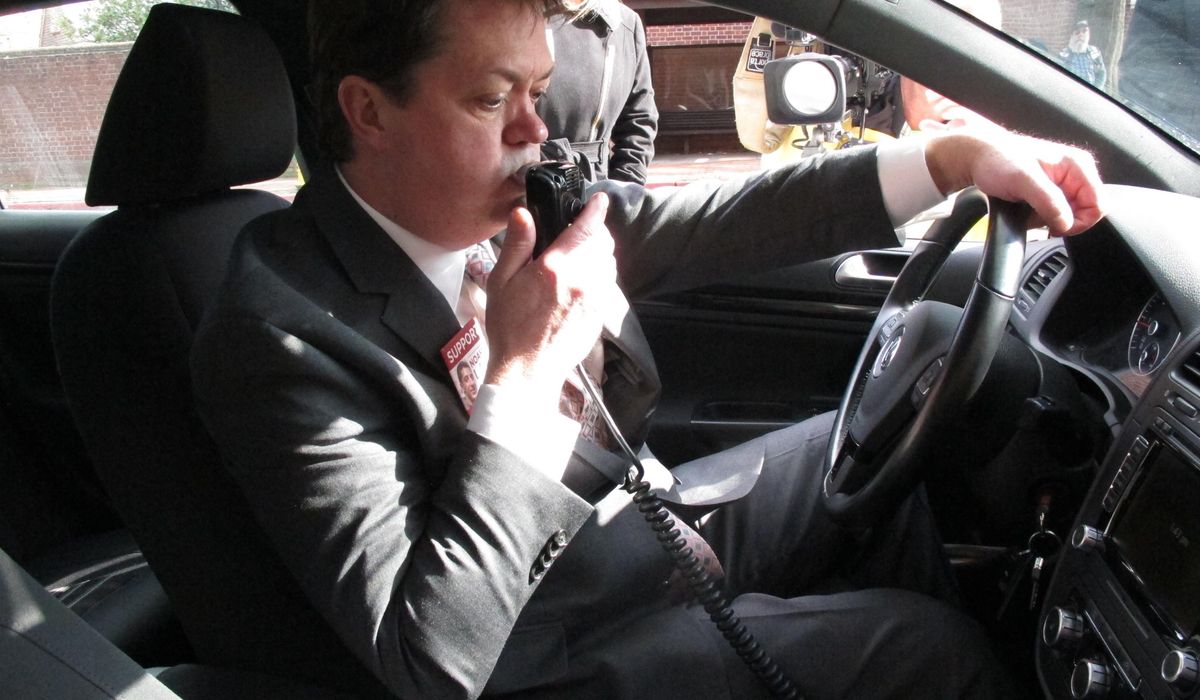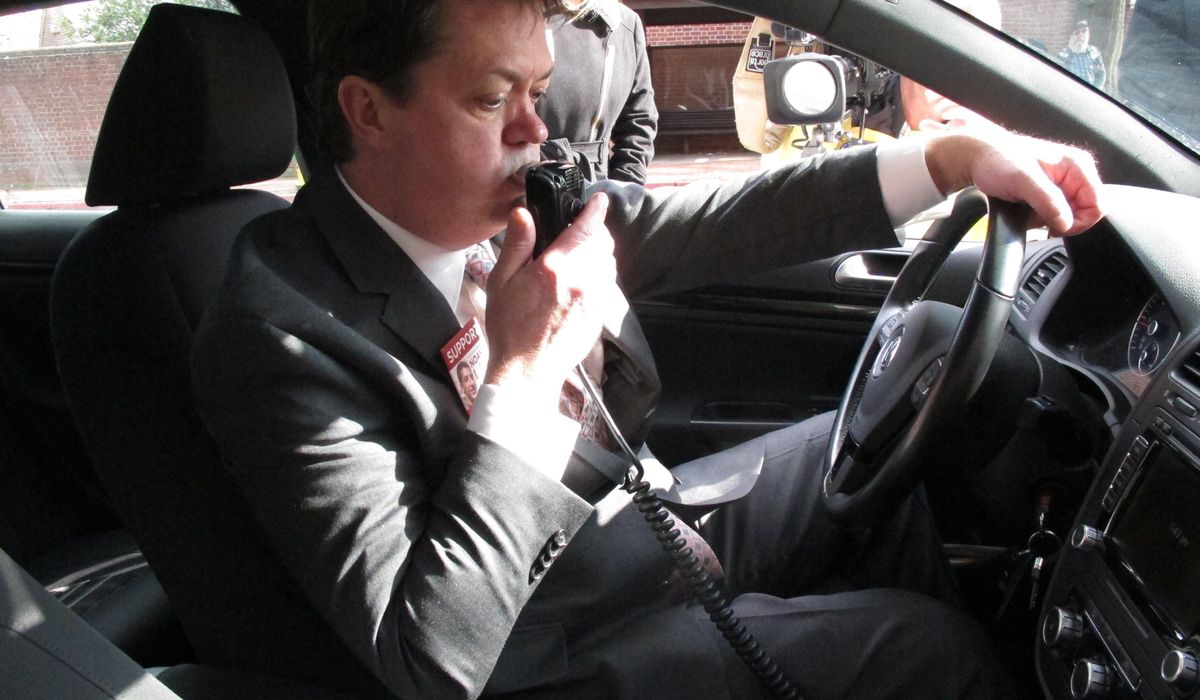
President Biden’s $1.2 trillion infrastructure bill, if enacted, will force automobile manufacturers to equip all new vehicles with “advanced alcohol monitoring systems.”
The provision, which is buried within the 2,702-page bill, requires the Department of Transportation to create a new “advanced drunk and impaired driving prevention technology safety standard.”
The Transportation Department would have three years to design the new standard, followed by a two-year implementation timeline for automobile manufacturers.
Advocates say a “common sense” solution has long been needed to the systemic problem of drunk driving.
“We cannot wait any longer to establish a standard for impaired driving technology that can be deployed on all new vehicles,” said a representative for Mothers Against Drunk Driving. “When signed into law … the [infrastructure bill] will mark the beginning of the end of drunk driving.”
According to the National Highway Traffic Safety Administration, drunk driving causes more than 10,000 deaths and 300,000 injuries annually.
“We have the technology to prevent thousands of drunk driving deaths every year and save lives,” said Rep. Debbie Dingell, a Michigan Democrat who in the past has introduced legislation on the topic.
While the provision has gotten public support from both anti-drunk driving groups and the automobile industry, it remains unclear exactly what anti-impaired driving technology means.
Some suggest that the language will eventually require every vehicle to be equipped with a breathalyzer or an ignition interlock system. Such devices require drivers to prove they are not intoxicated before being allowed to operate their vehicles.
“Given where the technology is, that’s the only option,” said a source within the auto industry, who requested anonymity on the topic.
Advocates of the policy, however, say that new advancements, like steering wheel sensors that can gauge blood alcohol content, or windshield technology that measures when a driver’s eyes leave the road, are preferred.







